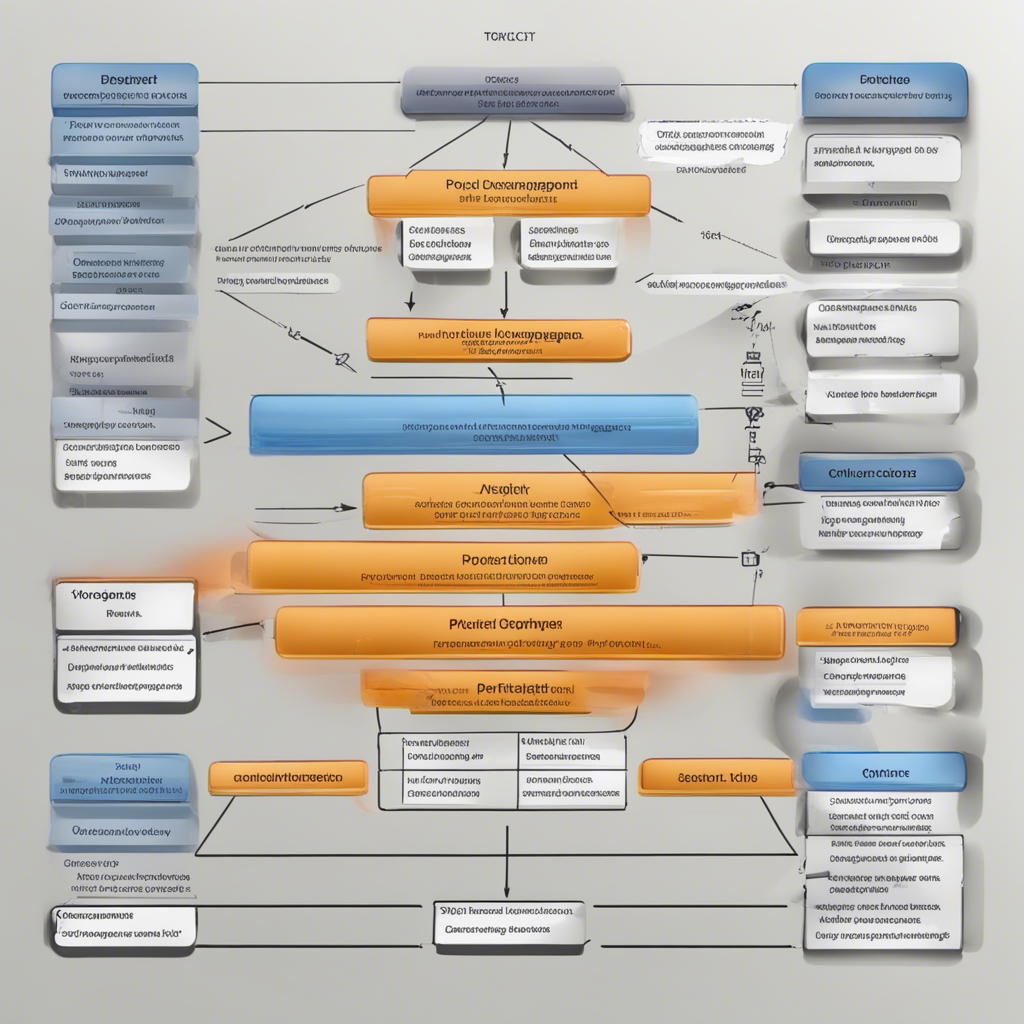
Solar Energy: An In-Depth Look at this Renewable Resource
Introduction
In recent years, the global shift towards renewable energy sources has gained significant momentum as the need to combat climate change becomes increasingly urgent. Solar energy, in particular, has emerged as a leading renewable resource due to its abundant availability and numerous environmental benefits. This blog post will provide an in-depth exploration of solar energy, discussing its history, technology, benefits, limitations, and potential for future growth.
A Brief History of Solar Energy
The harnessing of solar energy can be traced back thousands of years, with ancient civilizations utilizing the sun’s heat and light for various purposes such as drying crops, heating water, and warming living spaces. However, the development of solar photovoltaic (PV) cells, which convert sunlight directly into electricity, is a more recent innovation. The discovery of the photovoltaic effect in the 19th century laid the foundation for modern solar panel technology.
How Solar Panels Work
Solar panels, also known as solar modules, are composed of multiple interconnected solar cells made from semiconducting materials like silicon. When sunlight hits these cells, it excites the electrons, causing them to flow and create a direct current (DC). An inverter then converts the DC into alternating current (AC), which is compatible with the electrical grid.
Types of Solar Energy Systems
There are two main types of solar energy systems: photovoltaic (PV) and concentrating solar power (CSP). PV systems, which are the most common, directly convert sunlight into electricity. On the other hand, CSP systems use mirrors or lenses to concentrate sunlight onto a central receiver, which then heats a fluid to produce steam, driving a turbine to generate electricity.
Both PV and CSP systems have their advantages and are suitable for different applications. PV systems are more versatile and can be installed on rooftops, integrated into buildings, or deployed in large-scale solar farms. CSP systems, on the other hand, are better suited for utility-scale electricity generation due to their ability to store thermal energy and generate electricity even when the sun isn’t shining.
Environmental Benefits of Solar Energy
Solar energy offers several notable environmental benefits that contribute to sustainable development and mitigating climate change. Firstly, solar power produces no greenhouse gas emissions during operation. By substituting fossil fuels, solar energy helps reduce air pollution, decrease carbon dioxide emissions, and combat global warming.
Additionally, solar energy requires minimal water usage compared to other forms of energy generation, such as coal or nuclear power plants. The water demand for cleaning and maintaining solar panels is significantly lower, making solar an attractive option in water-scarce regions.
Economic Advantages and Cost Considerations
While the initial investment in solar energy systems can be higher compared to conventional energy sources, the long-term economic advantages are significant. Solar energy provides stable, reliable, and predictable energy prices, thus reducing dependence on fluctuating fuel costs. Furthermore, solar panel prices have been declining steadily over the years, making solar energy more accessible and affordable to a broader range of consumers.
Government incentives and favorable policies, such as tax credits and feed-in tariffs, further encourage solar energy adoption and make it an attractive investment with a relatively quick payback period. Moreover, the installation of solar panels creates job opportunities and stimulates economic growth.
Limitations and Challenges
While solar energy has numerous advantages, there are also limitations and challenges that need to be addressed. One key limitation is solar intermittency, as electricity generation is dependent on the availability of sunlight. Energy storage technologies, such as batteries, are needed to address this issue by storing excess energy during sunny periods for use during cloudy periods or at night.
The land required for large-scale solar installations is another consideration. Although solar panels can be installed on existing structures like buildings and parking lots, utility-scale solar farms typically require vast amounts of land. However, advancements in solar technology, such as floating solar farms and solar integrated into agricultural practices (known as agrivoltaics), help alleviate land use concerns.
Future Growth Potential of Solar Energy
The future of solar energy is promising, as advancements in technology, economies of scale, and increasing public awareness continue to drive its growth. According to the International Energy Agency (IEA), solar energy is poised to become the largest source of electricity by 2050, surpassing fossil fuels and other renewable sources.
Innovations like perovskite solar cells, which offer higher efficiency and lower manufacturing costs, hold significant potential for further accelerating the adoption of solar energy. Additionally, the integration of solar energy with other renewable sources, such as wind power, can create hybrid systems that provide a more stable and reliable energy supply.
Conclusion
Solar energy has proven to be a viable and sustainable solution to meet the world’s growing energy demands while reducing our carbon footprint. Its environmental benefits, economic advantages, and potential for future growth make it an essential component of the global energy transition. By investing in solar energy and implementing supportive policies, societies can secure a greener and more sustainable future for generations to come.
References
“Solar Basics: How Solar Panels Work.” U.S. Department of Energy, https://www.energy.gov/eere/solar/solar-basics.
“Concentrating Solar Power.” U.S. Department of Energy, https://www.energy.gov/eere/solar/concentrating-solar-power.
“Solar Energy Perspectives.” International Energy Agency (IEA), 2019, https://www.iea.org/reports/solar-energy-perspectives.






